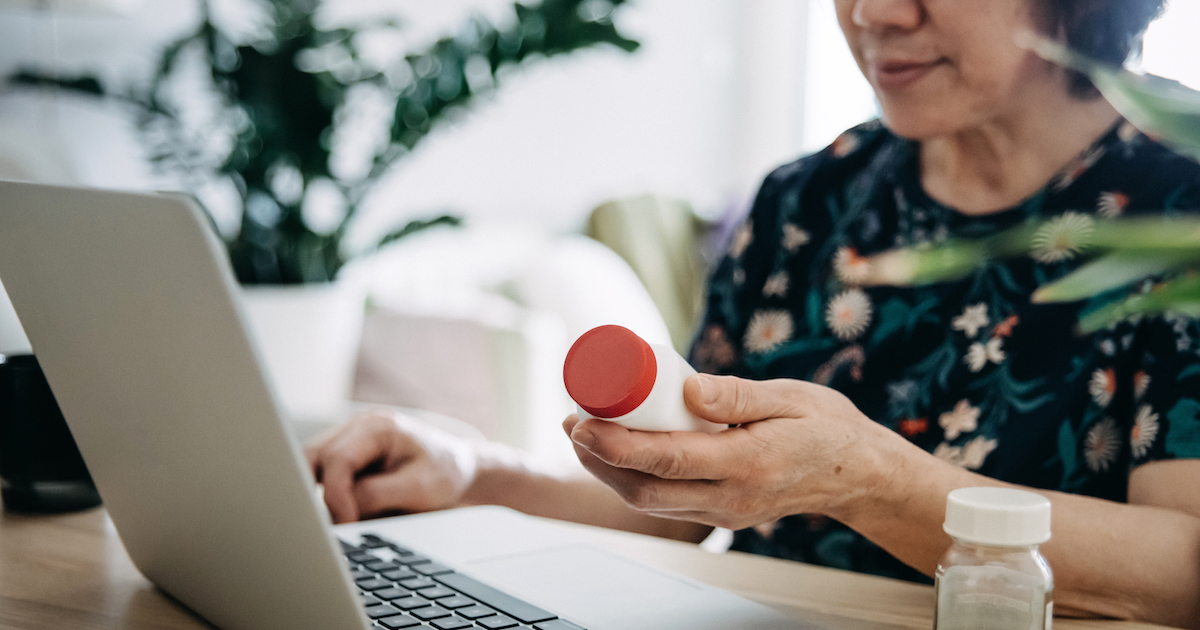 When monitoring heart rate, skin temperatures, activity and other physiological data, biometric-sensing wearables are also tracking important indications of abnormality associated with infection, inflammation or even insulin. By extension, wearables may know the user is getting sick before they even do, according to new research from Stanford University published today in PLOS Biology.
When monitoring heart rate, skin temperatures, activity and other physiological data, biometric-sensing wearables are also tracking important indications of abnormality associated with infection, inflammation or even insulin. By extension, wearables may know the user is getting sick before they even do, according to new research from Stanford University published today in PLOS Biology.
“A new wave of wearable sensors allows frequent and continuous measurements of body functions (physiology), including heart rate, skin temperature, blood oxygen levels, and physical activity,” the paper states. “We investigated the ability of wearable sensors to follow physiological changes that occur over the course of a day, during illness and other activities. Data from these sensors revealed personalized differences in daily patterns of activities.”
Led by geneticist Dr. Michael Snyder, researchers looked at 2 billion measurements from 60 people. Study participants wore between one and seven commercially available activity trackers (including Masimo, Basis and Scanadu) and other monitors, which were compared to the university’s standard clinical vital signs monitors. The devices collected 250,000 measurements per day, and researchers worked to establish a baseline range of values for each participant by collecting essential data like weight, heart rate, skin temperature, sleep, activity and caloric burn and exposure to gamma rays and X-rays.
From there, the Stanford team was able to monitor deviations from each person’s normal baseline and associate the changes with environmental conditions (like flying in an airplane), illness, and other health-impacting factors. The team found two health-related observations – wearables were useful in identifying the onset of Lyme disease and inflammation, allowing them to build an algorithm for personalized disease detection using wearable sensors. They also found the sensors can reveal physiological differences between insulin sensitive and insulin-resistant people, meaning they could have the potential to help identify those at risk for type 2 diabetes.
“Overall, these results indicate that portable biosensors provide useful information for monitoring personal activities and physiology and are likely to play an important role in managing health and enabling affordable health care access to groups traditionally limited by socioeconomic class or remote geography,” the paper states.
The idea for studying wearables came to Snyder five years ago, when he learned he was at risk for developing diabetes even though he was physically fit. This prompted him to begin using fitness-tracking wearables, which eventually led to his donning of eight wearables every day for two years to see the different data collected. At one point, Snyder noticed (via a wearable) an abnormality in his blood oxygen during a flight to Norway, followed by a low-grade fever. Remembering he had been in an area a week earlier that may have had ticks, Snyder went to his doctor to get tested for Lyme disease. He tested positive – fortunately at the earliest stage, when treatment has a good chance of being successful – but said he wouldn’t have necessarily paid attention to the signs had he not been alerted to them by the trackers. He was also able to use data from his wearables to track his insulin sensitivity.
Wanting to know if the level of insights he was getting from his wearbles were common, he expanded to a research study with 60 volunteers. Turns out, it is.
“In conclusion, this study demonstrates that a diverse array of measurements can be systematically obtained using portable devices and used to monitor health-related physiology and activities,” the paper states. “These measurements are likely to be important not only in basic science research but also in a clinical setting. It is likely in the future that these devices will be used by physicians to help assess health states and guide recommendations and treatments.”


